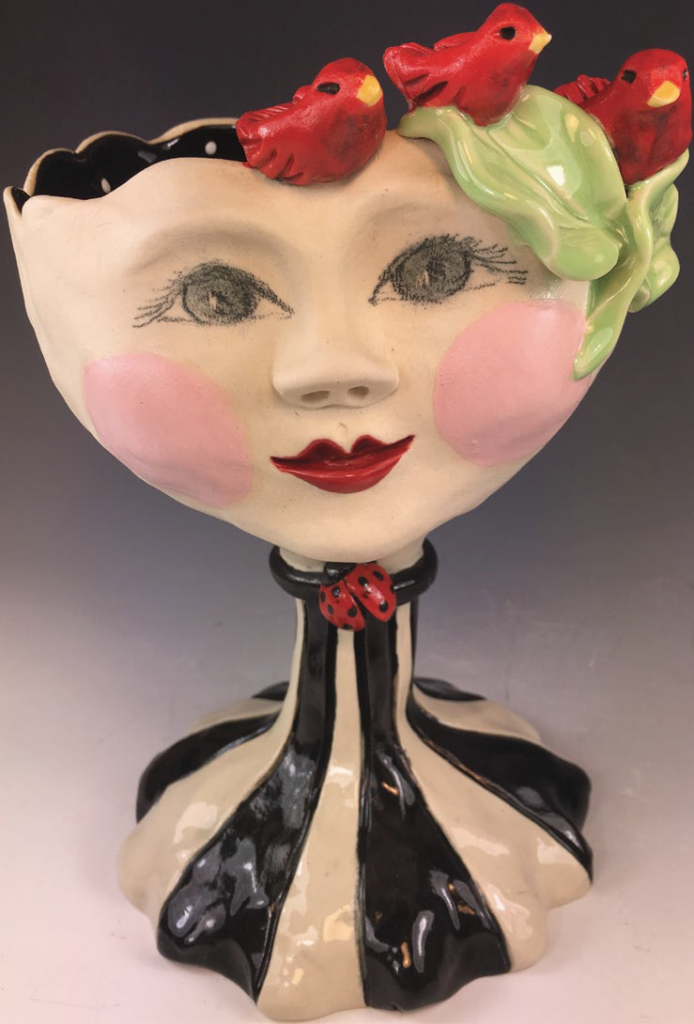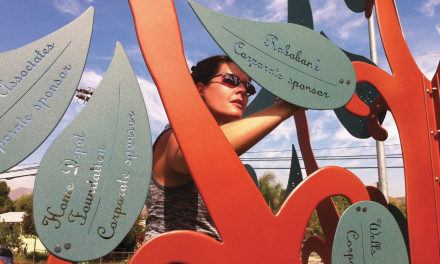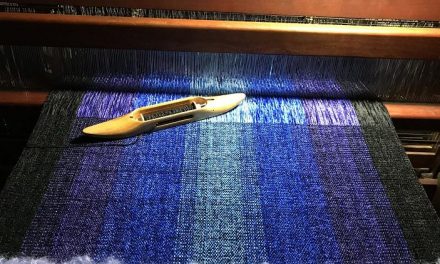
Teyros Collection
Cindy Teyro
La Mesa, Calif.
Website: www.teyroscollection.com
When ceramicist Cindy Teyro begins a new design, her inspiration is never really just one thought or even related to ceramics. “Everywhere I look I find inspiration — especially if it makes me smile,” she says.
Teyro began her career as a doll designer working in the wholesale business. She kept at it for 21 years before calling it quits. “When the doll company closed, I realized I had to either find a job or create one for myself,” she recalls. A coworker suggested she go into ceramics because she knew about Teyro’s teapot collection. “I had never worked with clay, so I bought a book, a block of clay, and signed up for a ceramics class,” she says.
Teyros says when she took her first ceramics class she did not want to be the only student unfamiliar with the medium, so she began to read everything she could about clay, its properties, and the techniques to create work. “I had no idea what to make, so as I looked through one of the books, I found a teapot that I loved, and which made me smile. I copied it. I got so excited; I made more and with each one I altered the spouts, lids, and handles.”

Innovation through trial and error
Teyro does not use any molds when creating her pieces, with the exception of a small press mold of a dogwood blossom. She says she uses that mold often because it saves time. Each one of her unique pieces is hand formed including her bees, birds, ladybugs, flowers, leaves, bows, and ruffles. “The head starts out as a ball of clay, which I weigh, to keep them the same size when complete. The ball is then pinched into the desired shape. I then sculpt the face and add the embellishments,” she explains.
The ceramicist began her craft making plates, bowls, and teapots. She recalls when a friend returned from a trip in Guatemala with a gift; it looked like a large egg cup with a face painted on the front and back. “It wasn’t my style, and to that point I had never tried sculpting, so it just sat on my shelf in the studio for months. “She stopped in and noticed the egg cup was still sitting on the shelf and said, ‘If you don’t want that I want it back,’” Teyro recalls. “Yikes! So, I decided to at least try to create a face. The first ones I did were awful, but for some reason I loved doing it and could not give up. I’m glad I didn’t.”
Teyro further developed her style and poked holes in the bottom of her pieces to transform them into planters. Then she added an embellished water tray to sit underneath the planter. “One evening I was looking at my wine glass and I thought, ‘Why not make a head on a stem and add embellishments? I refer to those as stemware, though you cannot drink from them as the outside of the head is not glazed. They are my best sellers and come in three sizes.”

From retail to wholesale
In 2003 the artist ventured into the handmade business world of wholesaling her ceramics because she says she had worked in wholesale in her prior dolls career and had plenty of experience. However, she does participate regularly in several local art shows. “I have found it a good place to evaluate how new pieces will be received in the gift/gallery or floral industry,” Teyro cites. “The public is not shy about expressing their opinion of what I create.”
The artist says that working local art shows was part of her business plan early on. “Those one or two-day shows are not terribly expensive and are a wonderful place to learn. I avoid out-of-town shows as the travel really cuts into my profits and interferes with my production time in the studio, which is needed to fulfil wholesale orders.”
When she researches a show, she looks to see how she will compare to other artists, including price points, quality of work, and medium. “Some shows were very inexpensive, but were more for low-end crafts rather than art. The juried art shows are more expensive; however, the audience is more receptive, and I have less price resistance — and therefore, higher sales,” she confides.
Teyro says that although her sales are primarily to wholesale customers, she will not cold call stores. “That makes me terribly uncomfortable,” she says. “I know they are busy with business and I hate to interfere. I know a lot of artists use social media. I do not have the time or the interest.”
The artist says the best use of her selling time is to do so at wholesale markets, but she adds that not all wholesale shows are a good fit for her. “I started with the smaller venues — Buyer’s Market and ACRE. These are great shows, but I found Atlanta’s AmericasMart to be the best return on my money and time. It is more expensive, but the orders and reorders justify the cost.”

Cindy’s Words to the Wise
- Invest in yourself financially and creatively.
- Don’t be discouraged and give up with failures.
- Innovate, innovate, and innovate some more.
- Invest a lot of thought and time in your booth presentation.






